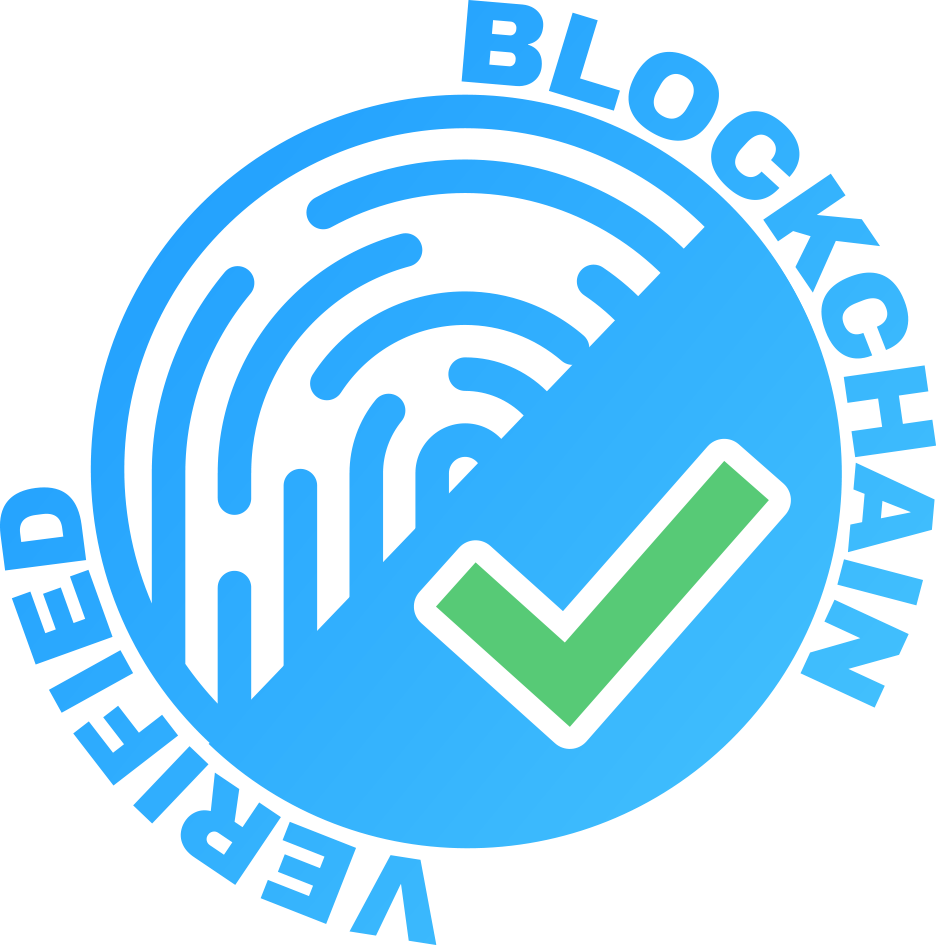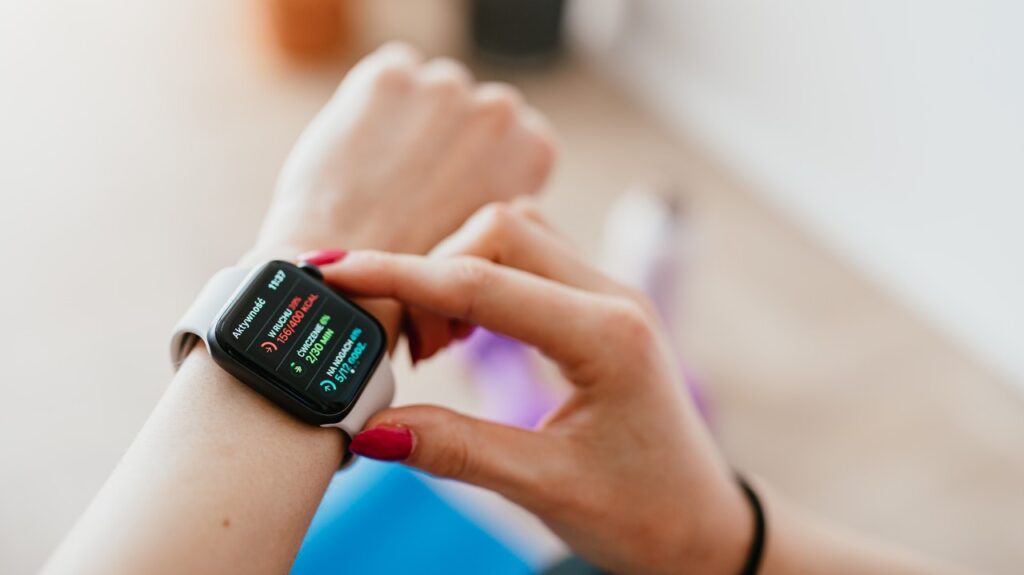The healthcare industry is undergoing a significant transformation driven by the Internet of Things (IoT). MEDTECH is evolving, increasing usability and accessibility, while the demand for home-use health applications continues to rise, especially in light of the COVID-19 pandemic, which necessitated social distancing and remote care solutions. The past year has highlighted the growing benefits of cloud-based IoT solutions in healthcare, fueling rapid growth in this sector.
It’s not just traditional healthcare players that are jumping into this space—Consumer Electronics manufacturers and pharmaceutical companies are also recognizing the opportunities in this evolving landscape. From wearables to health-monitoring devices, healthcare solutions are increasingly integrated into everyday consumer electronics. However, the path to market is challenging due to the complex web of multi-layered compliance regulations applicable to these devices. Navigating a single regulatory framework can be tough for manufacturers, but ensuring compliance with multiple directives is an even bigger hurdle.
The MDR and Its Impact on the MEDTECH Industry
The Medical Device Regulations (MDR 2017/745/EU) have been delayed due to the COVID-19 pandemic but officially took effect on May 26th, 2021. This marked an important milestone, making 2021 a pivotal year for MEDTECH manufacturers entering the European market. Understanding these new regulatory requirements and their implications is critical for manufacturers looking to succeed in this rapidly evolving industry.
IoMT and the Convergence of IoT and Healthcare
The fusion of IoT and healthcare has given birth to a new term: the Internet of Medical Things (IoMT). IoMT encompasses an interconnected system of health applications, devices, and services that leverage cloud technology and wireless communication (e.g., Bluetooth, 5G, NB-IoT). This revolution is changing the way healthcare is delivered, from remote patient monitoring to real-time data collection, ultimately enhancing medical services and improving the overall quality of care.
However, this surge in connectivity brings new challenges, especially in terms of patient privacy and cybersecurity. As IoMT devices collect and transmit sensitive health data, developers must ensure that security protocols are robust enough to protect this information. Maintaining patient trust and safeguarding medical devices against cyberattacks are top priorities, especially in an era where security vulnerabilities can expose healthcare systems to significant risks. Best practices such as network segmentation, regular security patching, and ensuring software is up to date are essential to mitigating these risks.
Compliance: Navigating a Complex Regulatory Landscape
The rapid growth of IoMT brings unique regulatory challenges. Medical devices must comply with various healthcare regulations that differ from country to country. In the U.S., manufacturers must meet FDA requirements; in Canada, they must adhere to Health Canada’s standards; and in Europe, the MDR (2017/745) is now in effect. Additionally, wireless devices integrated into medical applications must also comply with radio regulations like the FCC for the U.S., ICES for Canada, and the Radio Equipment Directive (2014/53/EU) for Europe. The combination of these regulations can complicate global market access.
To simplify this, IoT Consulting Partners provides a regularly updated global regulatory overview, guiding manufacturers through the complex requirements specific to their target markets.
Partner with IoT Consulting Partners for IoMT Success
Healthcare and IoT are highly regulated industries with very few globally harmonized standards. At IoT Consulting Partners, we specialize in helping companies develop and implement regulatory strategies that cover both healthcare and IoT compliance. By incorporating regulatory requirements early in the product design process, you can streamline market clearance, minimize costs, and ensure smooth access to global markets.
For more information on how IoT Consulting Partners can assist with your Internet of Medical Things (IoMT) solutions, feel free to contact us.

|
Do You Have Questions? Schedule a Free Consultation Now! |

|


